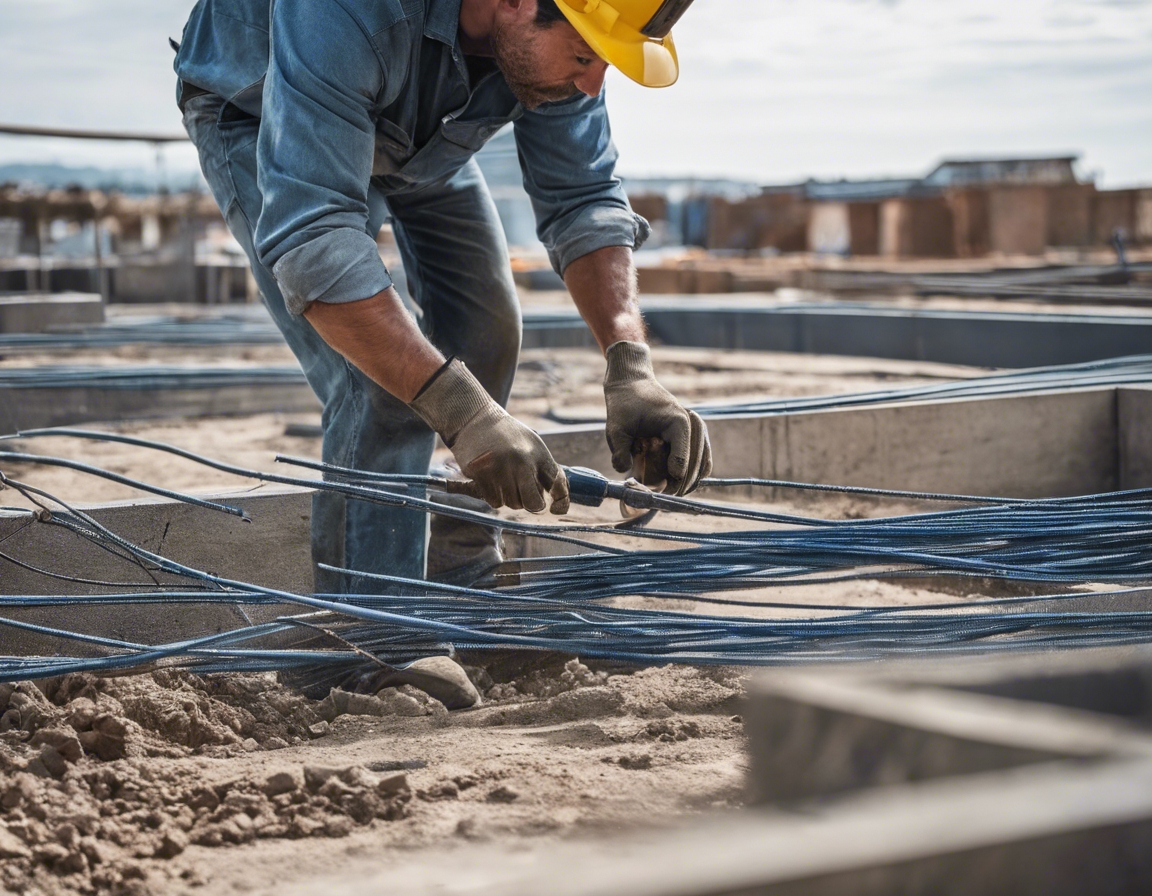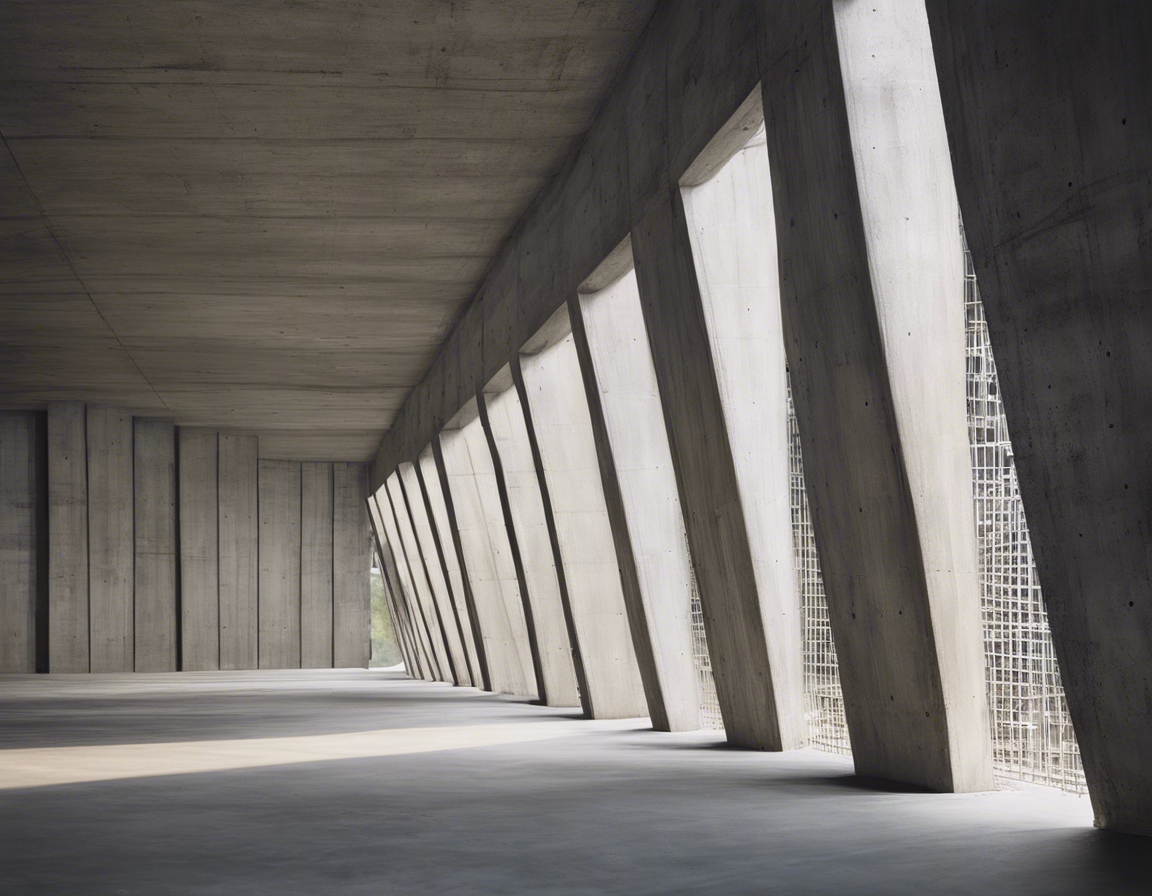Pouring perfection: the art of concrete floors
Concrete has been a cornerstone in the building industry for centuries, evolving from a rudimentary mixture of natural materials to a sophisticated compound that forms the backbone of modern architecture. Its versatility and strength have made it an indispensable material, particularly in the realm of flooring.
Concrete floors offer a plethora of advantages, including durability, low maintenance, and cost-effectiveness. They also provide a blank canvas for aesthetic expression, allowing architects and developers to create unique spaces that stand the test of time.
Understanding the Basics of Concrete Flooring
From polished concrete to stamped patterns, the types of concrete floors are diverse, catering to various functional and design requirements. Each type brings its own set of characteristics and benefits to a project.
The strength and longevity of concrete floors depend heavily on the mix design. Understanding the role of aggregates, cement, water, and admixtures is crucial for achieving the desired performance.
The Process of Creating Concrete Floors
Proper preparation and planning are the bedrock of successful concrete flooring. This includes site assessment, material selection, and logistical coordination.
Mastering the art of pouring concrete is essential for a flawless finish. Techniques such as screeding, floating, and troweling are employed to ensure a level and smooth surface.
Curing concrete is a delicate process that requires attention to temperature and moisture levels. It's a vital step that significantly impacts the floor's structural integrity.
Finishing Touches: Surface Treatments and Coatings
Polishing concrete floors not only enhances their appearance but also increases their resistance to wear and tear. It's a process that transforms a simple concrete slab into a glossy, high-end surface.
Staining and coloring concrete floors offer endless possibilities for customization, allowing for a range of hues and effects that can complement any design theme.
Sealing is the final step in safeguarding concrete floors. It protects against stains, moisture, and environmental damage, thereby extending the life of the floor.
Advanced Concrete Floor Systems
Decorative overlays and textured finishes are for those seeking an artistic touch. These techniques can mimic the look of natural stone, brick, and other materials, offering both beauty and functionality.
For environments that demand the utmost in durability, high-performance industrial flooring systems are the go-to solution. They are designed to withstand heavy traffic, chemical spills, and extreme wear.
The field of concrete flooring is constantly evolving, with new trends such as 3D printed patterns and eco-friendly materials paving the way for the future of construction.






Comments (0)